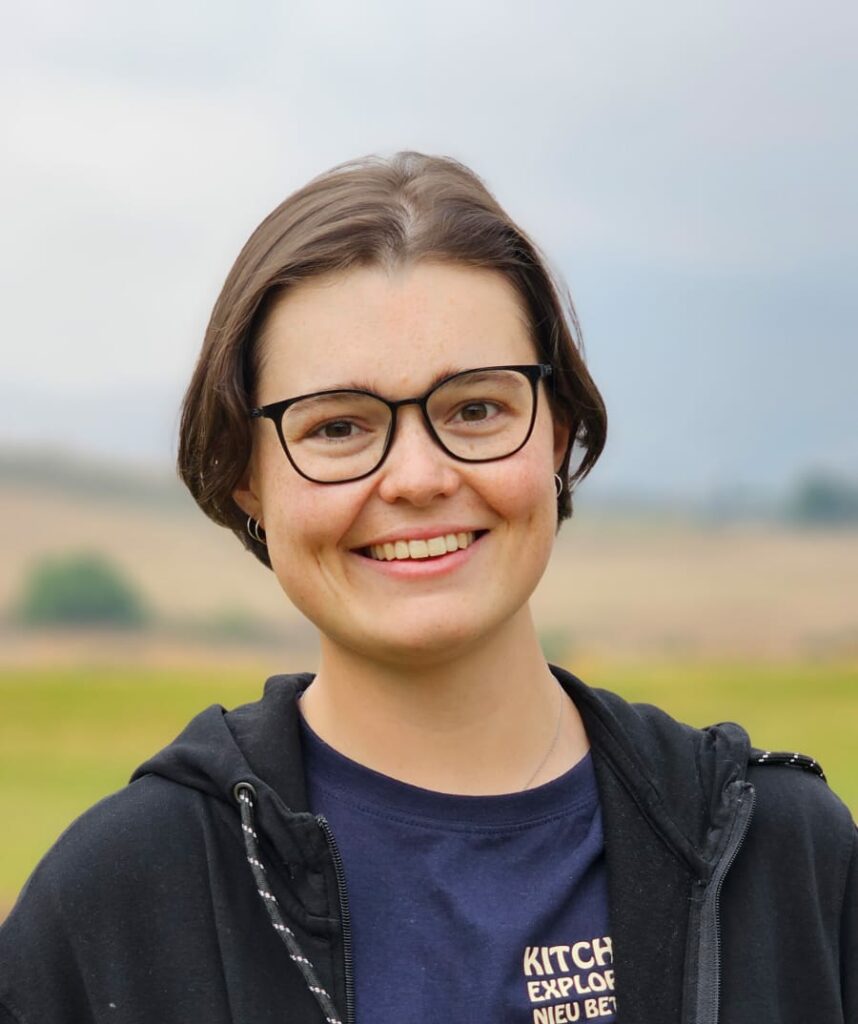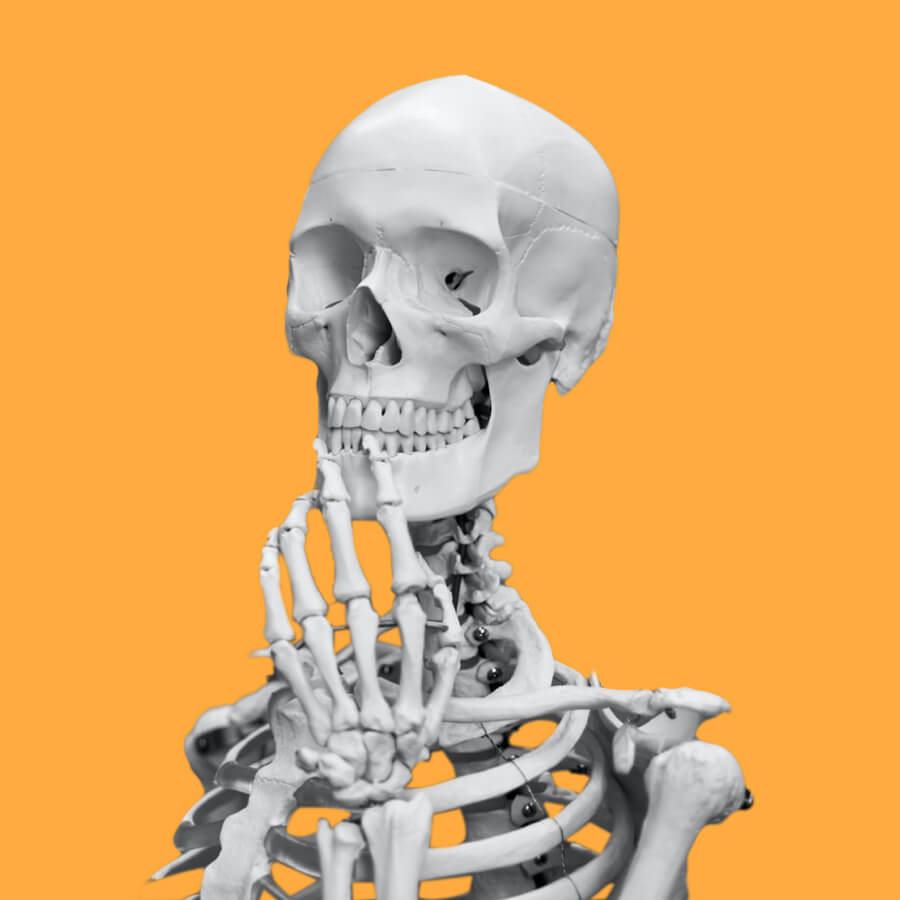Erin Lund
MSc Student
Evolutionary Studies Institute, Department of Geoscience, University of the Witwatersrand

Biography
I am currently an MSc student at the University of the Witwatersrand. My general research field is cynodonts, with a focus on Triassic probainognathian cynodonts (the group leading to Early Mammals) found in South Africa. I use CT scanning and segmentation to make 3-dimensional reconstructions of specimens for anatomical description and analysis. This provides more data with which to study cynodont phylogeny. Along with phylogeny, I am also interested in cynodont palaeoecology, specifically the hypotheses for scratch-digging and possible burrowing.
Fields of study
Cynodontia are a clade of non-mammaliaform therapsids that originated during the late Permian and were abundant during the Triassic period. Triassic cynodonts are divided into two suborders – Cynognathia and Probainognathia, with Probainognathia as the clade that gave birth to the Mammaliaformes. The systematics of non-mammalian cynodonts is widely studied and has a well-resolved phylogeny, but despite this, there are still controversial taxa which have proven difficult to classify. This research focuses on one such specimen, Cistecynodon parvus. Cistecynodon is known from a single specimen, the holotype skull, found in the Cynognathus Assemblage Zone of the Burgersdorp Formation in South Africa in the 1950s. Since its discovery, the holotype has been described, but the identification and phylogeny of Cistecynodon has been questioned many times. An additional specimen found in the same Assemblage Zone has been compared to Cistecynodon, among other cynodonts (i.e., Lumkuia), with no definitive classification. Thus, this specimen is included in this project to identify its phylogeny. With the use of CT scanning, 3D digital reconstructions of specimens can be produced which allow access to previously inaccessible (and crucial) character observations. For this project, I hereby propose to re-describe the skull of Cistecynodon parvus using CT scans of the holotype skull to produce a 3-dimensional model. This will provide previously out-of-reach internal cranial characters that I will use to score a new phylogenetic matrix in order to re-assess the systematic and phylogenetic position of Cistecynodon parvus. In addition, the inner ear and trigeminal canal of this species will be described for the first time, which will provide new palaeobiological data about Triassic cynodonts. This will provide information on the most suitable phylogenetic position of Cistecynodon and aid in identifying the new specimen. The redescription of Cistecynodon parvus will shed new light on the phylogeny of cynodonts and will ultimately lead to a better understanding of the origin of mammals.
